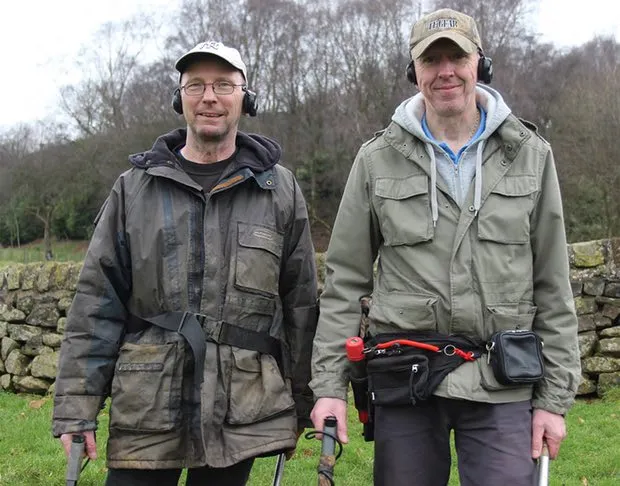Detectorists in Staffordshire have unearthed an amazing new hoard of Iron-age gold jewellery. The collect of golden torcs (metal neck and arm rings) were first discovered before Christmas. Named the Leekfrith Iron Age Torcs, the find consists of three collars and a bracelet, and are made of twisted gold.
Experts announcing the discovery today said the find could date back to 400BC, making them the earliest examples of Iron Age gold ever discovered in Britain. They are thought to have originated in present-day Germany or France, and would have been brought to Britain by a wealthy immigrant.

The pieces were discovered by keen detectorists Mark Hambleton and Joe Kania just before Christmas, and handed to the Portable Antiquities Scheme, which manages the voluntary recording of finds. They will now share the reward for finding the treasure with Stuart Heath, the landowner who gave them permission to search his farm.
“We have found the odd Victorian coin but mostly it has just been junk,” Kania told The Guardian today, “so I couldn’t believe it when I picked out this mud-covered item and, on cleaning it off, I thought this might actually be gold.”

Expert Dr Julia Farley, Curator of British & European Iron Age Collections for the British Museum, assessed the find, and said:
“The torcs were probably worn by wealthy and powerful women, perhaps people from the continent who had married into the local community. Piecing together how these objects came to be carefully buried in a Staffordshire field will give us an invaluable insight into life in Iron Age Britain.”
